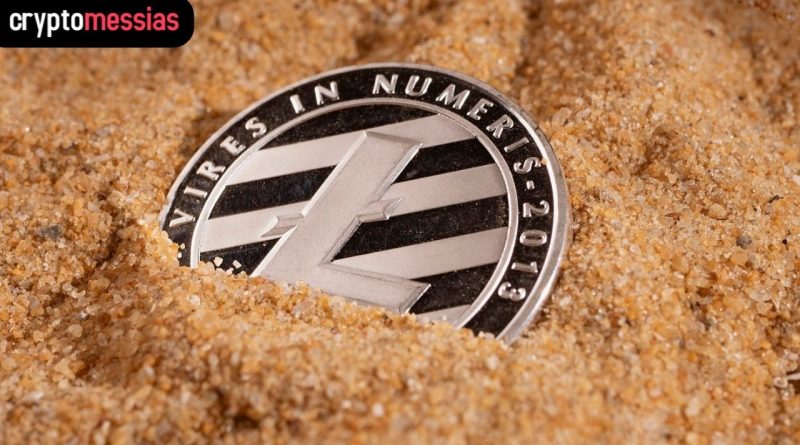A software engineer pioneers Litecoin blockchain ordinal inscriptions
Blockchain technology is constantly evolving and advancing to push the boundaries of what is possible. Among the blockchain community, the Ordinal Inscriptions project, which allows users to store and create transactions on the Bitcoin network, has gained considerable popularity. Anthony Guerrera, a software engineer, has now taken up the challenge of making Ordinal Inscriptions available to Litecoin, a cryptocurrency that’s designed to process transactions faster than Bitcoin.
A software engineer adds ordinal inscriptions to Litecoin
With over 154,000 inscriptions created, the Ordinal Inscriptions project has gained significant popularity in the blockchain community. On the Bitcoin network, these inscriptions allow users to create and store information other than transactions. Anthony Guerrera, a software programmer, recently modified this project for Litecoin, a cryptocurrency intended to execute transactions more quickly than Bitcoin.
Indigo Nakamoto, a Twitter user, offered a reward of 5 LTC (approximately $500) for anyone who could port Ordinals to Litecoin. Guerrera accepted the challenge and forked the Bitcoin Ordinals repository on GitHub.
The addition of Ordinal Inscriptions to the Litecoin network enabled the creation and storage of nonfungible token (NFT)-like assets, as had previously been done with Bitcoin. Ordinals allow users to store information other than transactions on the blockchain, allowing the creation of unique and valuable digital assets. This opens up new possibilities for artists, collectors, and investors, who can now use the Litecoin network’s features to create and exchange NFT-like assets.
With the addition of Ordinal Inscriptions, Litecoin raises its game
Because of its soft forks of Bitcoin’s SegWit and Taproot technology, Guerrera chose Litecoin as the only other blockchain on which Ordinals could operate. MimbleWimble, a Litecoin blockchain upgrade that aims to improve privacy and transaction size, makes Litecoin a good fit for Ordinals. In contrast to Bitcoin, which is a fully public ledger, Guerrera discovered that MimbleWimble allows users to transfer funds privately before inscribing.
Guerrera forked Casey Rodarmor’s Bitcoin Ordinals repository in January and launched the Litecoin Ordinals project on GitHub. When Guerrera first started working on the project, he encountered some difficulties. He discovered issues with its reliance on rust-bitcoin, which did not support the MimbleWimble upgrade for Litecoin.
Overcoming Rust Restrictions in Order to Bring Ordinary Inscriptions to Litecoin
The computer language Rust places a strong emphasis on concurrency, efficiency, and safety. In September 2021, the cryptocurrency exchange Kraken established a fund in honor of deceased Bitcoin Rust contributor Tamás Blummer to aid with the growth of rust. Guerrera forked rust-bitcoin to provide a variant that could function with Litecoin by securely ignoring an extension block and decoding block data.
With a market capitalization of $6.9 billion, Litecoin is now the 16th largest cryptocurrency. It is anticipated that Litecoin Ordinals will gain even more traction in the blockchain world after its successful establishment. A great feature of the Litecoin blockchain is the capacity to store data outside transactions has a wide range of possible applications, including the creation of statement pieces while keeping privacy.
Visit Bitdenex Exchange to Buy and Sell crypto in minutes with low trading fees.

